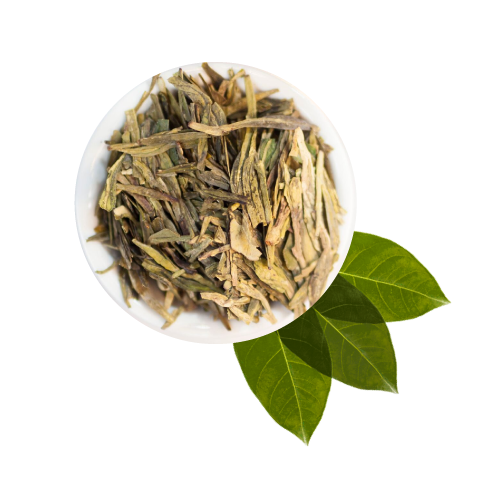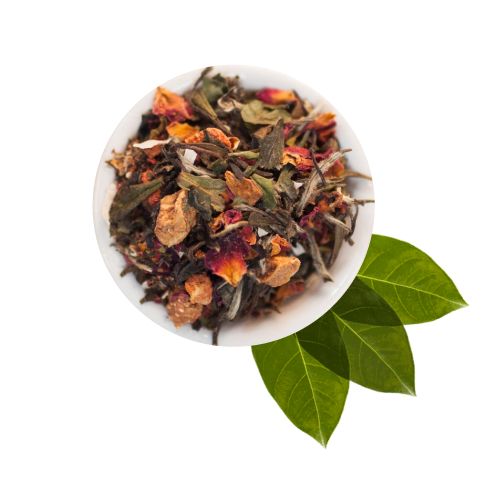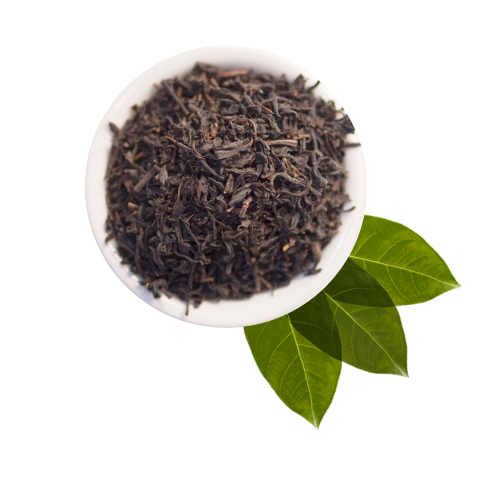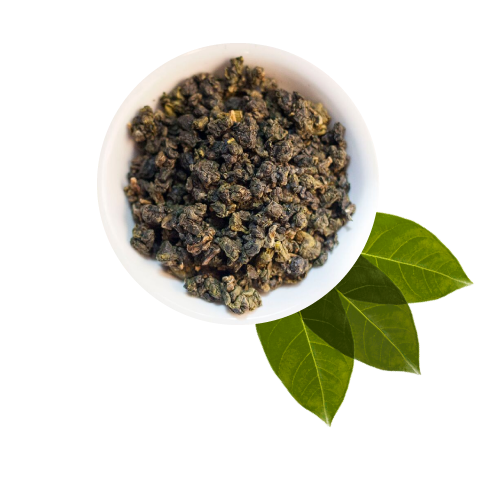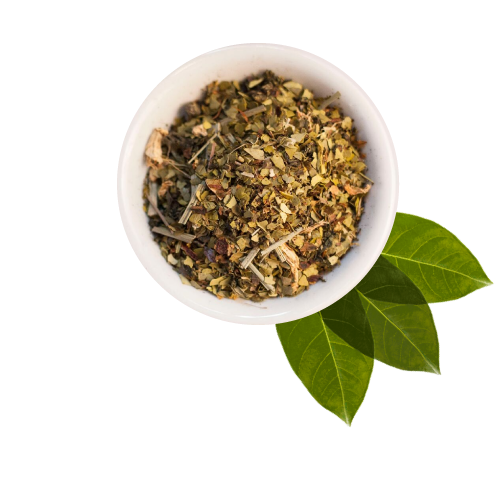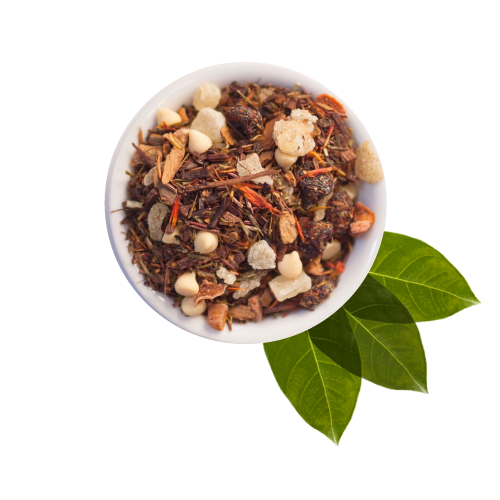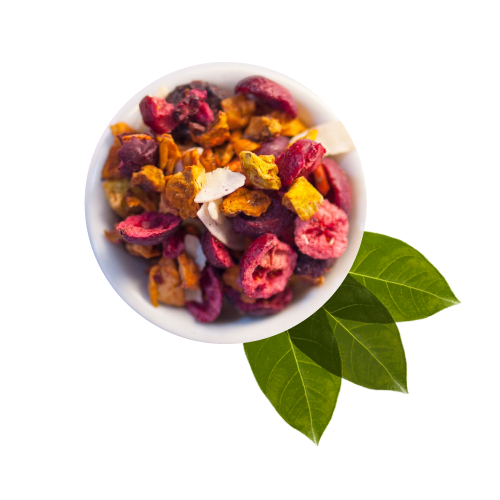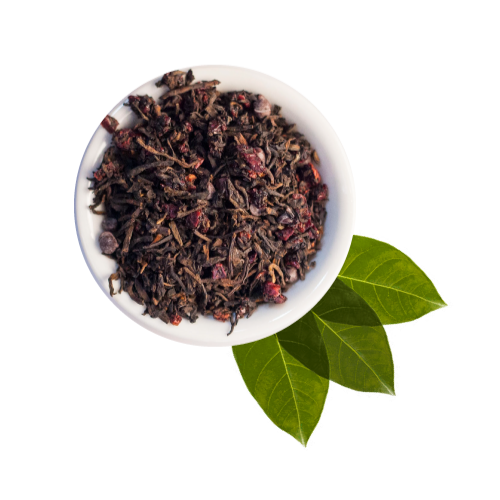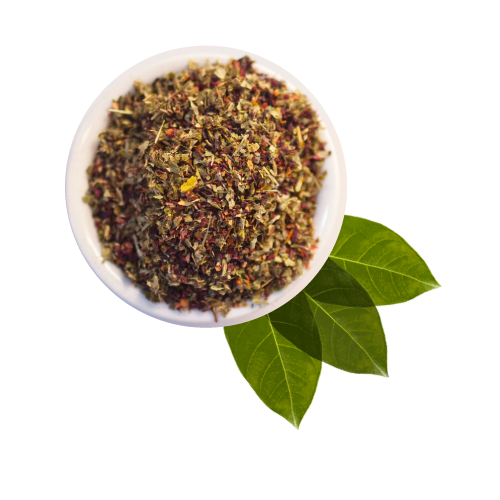DISCOVER TEA
Tea
Tea
Tea
Tea
Tea
Tea
Tea
Tea
Tea
TIPS FOR THE
perfect sip
TIP #1
Use a quality infuser when brewing your loose leaf tea! When you steep your tea, the leaves expand as they absorb water. To extract the highest concentration of nutrients and the fullest flavor from your leaves, ensure that your infuser provides enough space for proper water circulation and offers plenty of room for your leaves to expand. At Teasters, we offer a variety of infusers for at home and on-the-go use. From simple drawstring brew bags to colorful brew mugs and travel tea tumblers, we’ll be happy to help you find the perfect infuser that makes brewing loose leaf tea simple and fun.
TIP #2
The flavor of your tea is influenced by the amount of time and the temperature at which you steep your leaves. To assist you in this process, we’ve provided a recommended steep time and brew temp for each of our teas. For instance, green teas need to brew at cooler temperatures for a shorter period of time to avoid from burning the leaves and turning the cup astringent. Black teas are more durable and need higher temperatures with longer steep times to extract their nutrients and flavor. Download our free steep time chart to brew the perfect cup every time.
TIP #3
Great tea needs quality water! While the leaves give the cup its body, flavor and aroma, the main ingredient of tea is water. Starting with filtered or bottled water ensures a better cup of tea. Avoid distilled water, as it will make your tea taste bland. Using quality water will also help your brewing equipment last longer. At Teasters, we use a double process reverse osmosis system for our water, so you can taste every note contained within our delicious teas.
TEA &
Health
The Camellia sinensis plant is one of the few plants with a long history as a medicinal. Unlike a diet fad, the discovery of the tea plant and its suggested healing properties placed it among the pillars of Traditional Chinese Medicine over 5,000 years ago. Yet today, one can still find roots of modern day pharmacology from these ancient practices. Tea has survived this modern age virtually unchanged, even with many years under scientific scrutiny. Why?
Upon examination, white tea, green tea, black tea, oolong tea, and pu’erh tea…they all come from the same plant; the Camellia sinensis plant. The difference in the dry leaf is simply the plucking and the way in which the leaves are processed. When we look into the health benefits of tea, thousands of studies have been conducted by many highly respected universities and researchers. While the majority of studies have focused on green and black tea, researchers are finding that it is the plant itself that delivers the suggested benefits. They can only be slightly altered or enhanced through varying the processing method and steep time. So to say that one type of tea has more benefits than another would simply be untrue. We encourage our readers to conduct their own research regarding their topic of interest. One will find that a quick internet search will lend an abundance of information on the topic.

